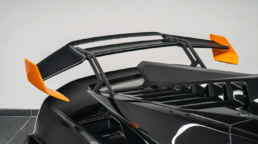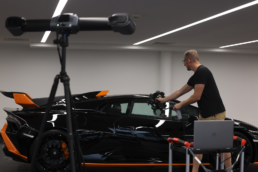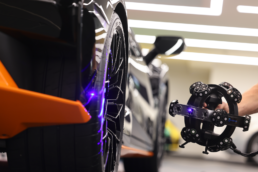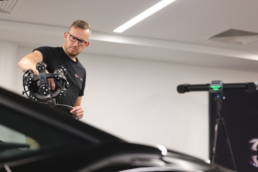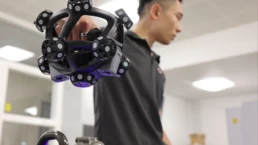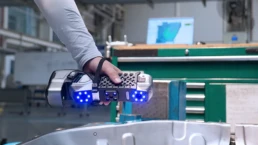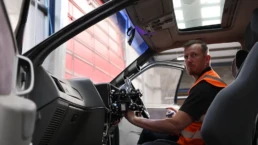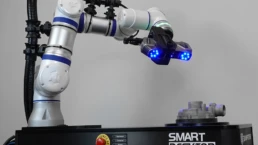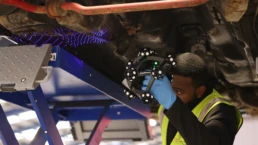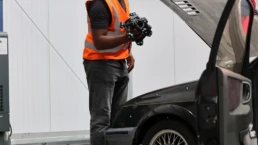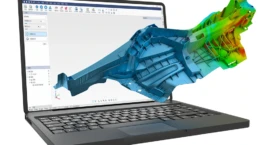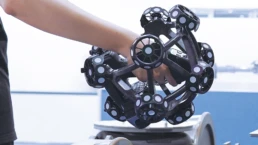Competitive benchmarking is a strategic process of comparing a company’s performance metrics with those of its industry peers or competitors to understand industry standards, identify performance gaps, and discover best practices. It often involves evaluating key metrics such as cost-efficiency, marketing strategies, and customer satisfaction.
In the highly competitive automotive industry, competitive benchmarking serves as a critical tool for maintaining an edge. It involves a meticulous process of comparing a company’s vehicles to those of its rivals in terms of performance, design, technology, safety features, fuel efficiency, and more. By analysing these aspects, automotive companies can identify gaps in their own offerings, gain insights into market trends, and determine what makes a vehicle stand out in the crowd. This process is not only crucial for product development but also for marketing strategies, as understanding where a car stands against the competition can help shape a compelling sales narrative. Through the lens of competitive benchmarking, automotive companies can drive innovation, improve customer satisfaction, and ultimately, steer their brand towards success.
3D scanning technology has revolutionised the competitive benchmarking process in the engineering industry, bringing unprecedented accuracy and efficiency. This cutting-edge technology captures detailed measurements of physical objects, creating precise digital replicas that can be analysed and manipulated in virtual environments. This enables companies to dissect competitor products down to the minutest detail without needing physical access to them. They can now compare their designs against these digital models, pinpointing exact areas of divergence. Furthermore, 3D scanning accelerates the benchmarking process, enabling engineers to gather and process data in a fraction of the time traditional methods would take. The implications are profound: faster product development cycles, more informed design decisions, and ultimately, superior engineering solutions that cater precisely to customer needs.
Application Overview
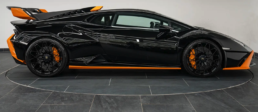
Earlier this year we captured a full surface scan of a 2023 Lamborghini Huracan STO. Critical focus areas included the side panels and front bumper – key components that significantly influence a vehicle’s aerodynamic performance and overall aesthetic. Our role was to capture the vital 3D data of the high performance vehicle and send it to our client, enabling them to analyse the virtual model of the Lamborghini against those of their prototype vehicles.
The Solution: Trackscan-Sharp
For this application, we used the Scantech Trackscan-Sharp, a state of the art large scale 3D scanner. This unique handheld 3D scanning system system leverages state-of-the-art optical tracking technology and high-resolution cameras to deliver unparalleled accuracy and efficiency on large-scale parts and components.
Expansive Measuring Volume
Trackscan-Sharp attains a measuring volume of 49m3, which allows for a tracking distance of up to 8 metres. This enabled the capture of the front and sides of the vehicle in one tracker in one position. The large area of data capture minimised the need to frequently reposition the tracker, thus saving time and reducing the risk for errors.
For this application, we used the Scantech Trackscan-Sharp, a state of the art large scale 3D scanner. This unique handheld 3D scanning system system leverages state-of-the-art optical tracking technology and high-resolution cameras to deliver unparalleled accuracy and efficiency on large-scale parts and components.
Dot-Free Scanning
The Trackscan-Sharp’s ability to perform dot-free scanning is another major strength. Traditional scanning methods often require the placement and removal of reference markers or dots on the object being scanned, which is time-consuming and may potentially interfere with the object’s surface details. Dot-free scanning eliminates this need, thereby simplifying the scanning process and enhancing the efficiency of the scan. This feature was particularly beneficial during the vehicle scanning, as it allowed for a quick scan of the vehicle’s exterior.
Unique HDR Mode
